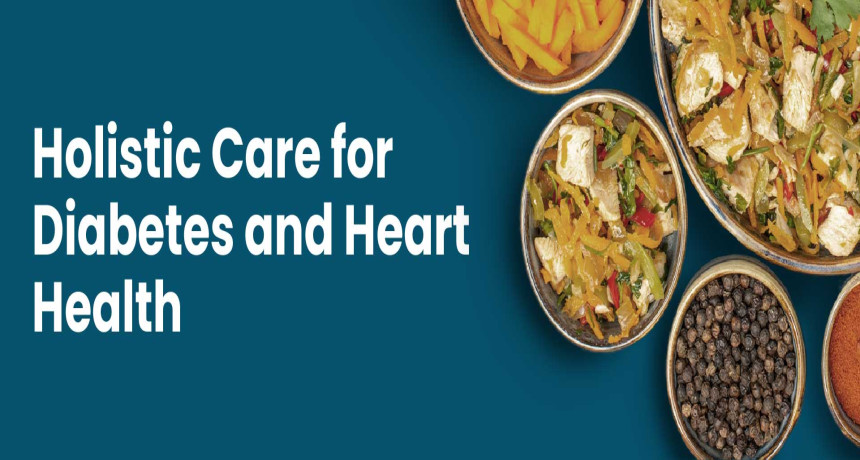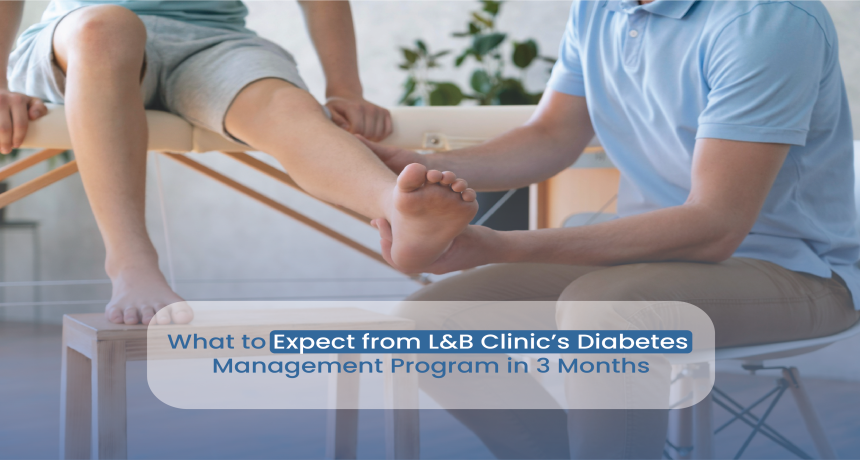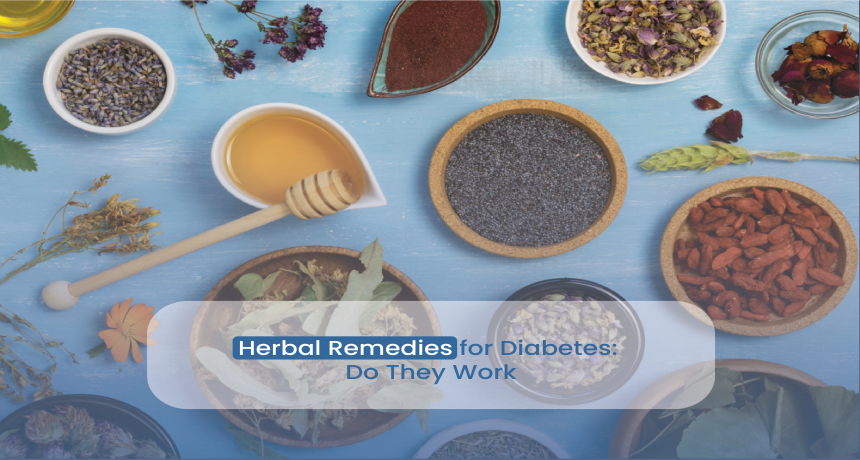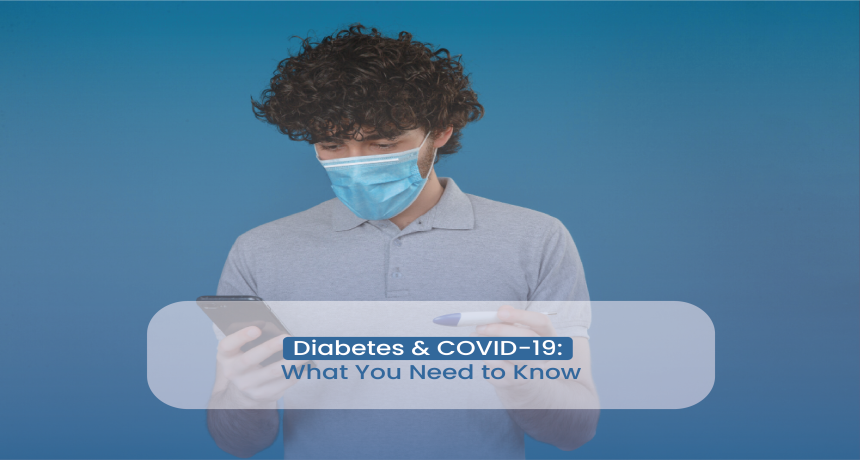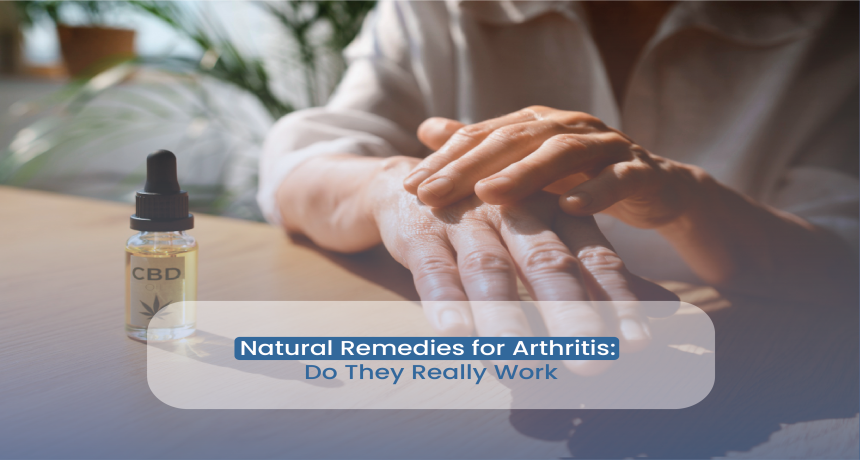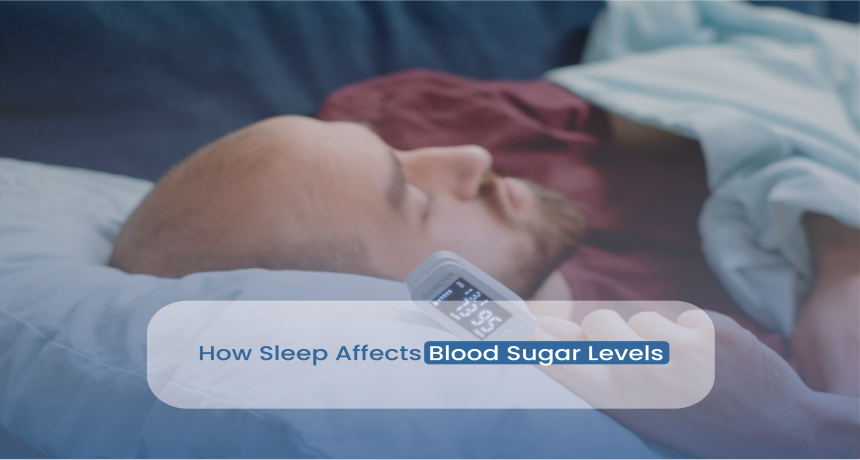What is Fatty Liver Disease? Understanding the Causes, Symptoms, and Risk Factors
2025-03-02 Fatty liver disease is a common condition that affects millions of people worldwide, yet many are unaware they have it until it progresses to more serious stages. As the name suggests, fatty liver disease occurs when excess fat accumulates in the liver cells. While a healthy liver contains some fat, when fat makes up more than 5-10% of the liver's weight, it's considered a fatty liver. There are two main types of fatty liver disease, distinguished primarily by their causes: Alcoholic fatty liver disease develops due to heavy alcohol consumption. The liver is responsible for processing alcohol, but excessive drinking overwhelms this organ's ability to metabolize alcohol efficiently. This leads to fat accumulation in liver cells and, eventually, inflammation and scarring. Non-alcoholic fatty liver disease affects people who drink little to no alcohol. It's the most common form of liver disease in Western countries, affecting an estimated 25-30% of adults. NAFLD can be further divided into: Simple fatty liver (steatosis): Fat accumulates in the liver without causing inflammation or liver damage. This early stage is often reversible with lifestyle changes. Non-alcoholic steatohepatitis (NASH): A more aggressive form characterized by liver inflammation and damage, which can lead to fibrosis, cirrhosis, and liver failure if not addressed. The primary cause of AFLD is, unsurprisingly, excessive alcohol consumption. The liver processes alcohol by converting it into various substances, some of which can damage liver cells and promote fat storage. Over time, this leads to fatty liver and potential progression to more severe liver conditions. The exact causes of NAFLD are more complex and often involve multiple factors: Insulin resistance: When cells become resistant to insulin, fat accumulates in the liver. This is closely tied to obesity, type 2 diabetes, and metabolic syndrome. Obesity: Excess body weight, especially around the midsection, is strongly associated with NAFLD. About 70-90% of people with obesity have some degree of fatty liver. Metabolic syndrome: This cluster of conditions (high blood pressure, high blood sugar, excess body fat around the waist, and abnormal cholesterol levels) significantly increases the risk of fatty liver. Genetic factors: Research suggests that certain genetic variations may make some people more susceptible to developing fatty liver disease. Rapid weight loss: Paradoxically, losing weight too quickly can sometimes lead to fatty liver as the body metabolizes fat too rapidly for the liver to process. Certain medications: Some drugs, including corticosteroids, tamoxifen, and methotrexate, can contribute to fatty liver development. Nutritional factors: Diets high in processed foods, refined carbohydrates, and sugar (particularly fructose) are associated with an increased risk of fatty liver. One of the challenges in diagnosing fatty liver disease is that it often causes no noticeable symptoms in its early stages. This is why it's sometimes called a "silent disease." However, as the condition progresses, some people may experience: Fatigue and weakness: Persistent tiredness that isn't relieved by rest Discomfort in the upper right abdomen: Dull ache or feeling of fullness Unexplained weight loss: Particularly in more advanced stages Loss of appetite: Reduced interest in food If fatty liver disease advances to cirrhosis (severe scarring), more serious symptoms may develop: Yellowing of the skin and eyes (jaundice) Abdominal swelling (ascites) Swelling in the legs and ankles (edema) Confusion and difficulty concentrating Enlarged blood vessels just beneath the skin's surface Red palms Spleen enlargement Understanding what increases your risk of developing fatty liver disease can help with prevention and early intervention. Heavy alcohol consumption: The primary risk factor, with risk increasing with the amount and duration of alcohol use Genetic predisposition: Some people may be more susceptible to alcohol-induced liver damage Female gender: Women appear more vulnerable to alcohol-related liver damage than men Obesity: Excess weight can compound the effects of alcohol on the liver Obesity: Particularly central obesity (excess fat around the waist) Type 2 diabetes: A strong correlation exists between diabetes and NAFLD Metabolic syndrome: Having multiple components of metabolic syndrome increases risk Age: Risk increases with age, though NAFLD is increasingly diagnosed in children Ethnicity: Higher rates are seen in Hispanic populations, followed by Caucasians and African Americans Polycystic ovary syndrome (PCOS): Women with this condition have a higher incidence of NAFLD Sleep apnea: This sleep disorder is independently associated with fatty liver Hypothyroidism: An underactive thyroid may contribute to fat accumulation in the liver High cholesterol and triglycerides: Dyslipidemia is both a risk factor and consequence of NAFLD Because fatty liver disease rarely causes symptoms in its early stages, it's often discovered during routine medical tests for other conditions. Diagnosis typically involves: Liver function tests: Elevated liver enzymes (ALT and AST) may suggest liver damage Complete blood count: To check for signs of infection or inflammation Lipid profile: To assess cholesterol and triglyceride levels Tests for insulin resistance and diabetes: Such as fasting glucose and HbA1c Ultrasound: The most common initial imaging test, can detect fat in the liver CT scan or MRI: More detailed imaging to assess liver fat content and potential scarring Transient elastography (FibroScan): Measures liver stiffness, which correlates with fibrosis While not always necessary, a liver biopsy remains the gold standard for definitively diagnosing fatty liver disease, determining its severity, and distinguishing between simple fatty liver and NASH. During this procedure, a small sample of liver tissue is removed and examined under a microscope. If left untreated, fatty liver disease can progress to more serious conditions: Liver inflammation (steatohepatitis): Fat accumulation leads to inflammation and cell damage Fibrosis: Scarring begins to replace healthy liver tissue Cirrhosis: Extensive scarring impairs liver function Liver failure: In advanced cases, the liver can no longer perform its vital functions Liver cancer: Risk increases significantly in those with cirrhosis Cardiovascular disease: NAFLD is associated with an increased risk of heart problems Many cases of fatty liver disease can be prevented through lifestyle modifications: Limit alcohol consumption: Guidelines suggest no more than one drink per day for women and two for men Consider abstinence: If you already have liver problems, avoiding alcohol completely is best Seek help for alcohol dependence: Professional support can assist in reducing alcohol consumption Maintain a healthy weight: Aim for a BMI between 18.5 and 24.9 Eat a balanced diet: Focus on whole foods, vegetables, fruits, lean proteins, and healthy fats Limit added sugars: Especially fructose, which is metabolized primarily in the liver Exercise regularly: Aim for at least 150 minutes of moderate activity per week Manage diabetes and other metabolic conditions: Keep blood sugar levels well-controlled Avoid unnecessary medications: Take prescriptions as directed and discuss alternatives if a medication is affecting your liver Treatment approaches vary depending on the type and severity of fatty liver disease: Abstinence from alcohol: The most critical step for recovery Nutritional support: Addressing deficiencies common in heavy drinkers Medications: To manage withdrawal symptoms and prevent relapse Liver transplant: In cases of end-stage liver disease Weight loss: Losing 5-10% of body weight can significantly reduce liver fat Dietary changes: Mediterranean diet or other plant-based approaches Regular physical activity: Both aerobic exercise and resistance training are beneficial Diabetes management: Tight control of blood sugar levels Medications: While no drugs are specifically approved for NAFLD, certain medications may help manage associated conditions Bariatric surgery: May be considered for those with obesity and fatty liver Fatty liver disease, whether alcoholic or non-alcoholic in origin, represents a significant health concern with potential for serious complications if left untreated. The good news is that early-stage fatty liver disease is often reversible with appropriate lifestyle changes. Understanding what fatty liver disease is, recognizing its risk factors, and knowing when to seek medical attention are crucial steps in addressing this increasingly common condition. If you have risk factors for fatty liver disease or are experiencing symptoms that concern you, consult with a healthcare provider. Early diagnosis and intervention provide the best opportunity for preventing progression to more serious liver conditions. Confused by your liver function test results? Consult the best liver specialist in Delhi—our experts can explain what they mean and develop a personalized recovery plan. [Get Expert Analysis of Your Results →] "Fatty liver" refers to the presence of excess fat in the liver cells, while "fatty liver disease" encompasses the spectrum of conditions caused by this fat accumulation. A fatty liver becomes fatty liver disease when the excess fat begins to cause inflammation, cell damage, or impaired liver function. Simple fatty liver may not progress to disease if addressed early, while fatty liver disease indicates that some degree of liver damage has already occurred. Early-stage fatty liver disease, particularly simple steatosis without significant inflammation or scarring, can often be completely reversed with lifestyle changes. Studies show that losing 5-10% of body weight (for those who are overweight) can reduce liver fat by up to 40% and resolve NAFLD in many cases. However, once the disease has progressed to advanced fibrosis or cirrhosis, the scarring is generally permanent, though further damage can be prevented through appropriate management. If you have fatty liver disease, it's advisable to limit or avoid: Sugary foods and beverages (especially those with high-fructose corn syrup) Refined carbohydrates (white bread, white rice, regular pasta) Processed meats (bacon, sausage, deli meats) Fried foods and fast food Foods high in saturated fat (full-fat dairy, fatty cuts of meat) Alcohol (completely avoid with alcoholic fatty liver; limit strictly with NAFLD) Salt (limit to reduce fluid retention, especially with advanced disease) Yes, approximately 10-20% of people with NAFLD are not overweight or obese. This condition, sometimes called "lean NAFLD," may be associated with genetic factors, certain medications, rapid weight loss, or specific dietary patterns. Some research suggests that lean individuals with NAFLD may have a different fat distribution pattern, with fat concentrated around internal organs rather than subcutaneously. Asian populations, in particular, seem to have a higher prevalence of lean NAFLD, suggesting ethnic and genetic factors play important roles. Fatty liver disease and type 2 diabetes share a close, bidirectional relationship. Insulin resistance is a key factor in both conditions, creating a cycle where each worsens the other. About 70-80% of people with type 2 diabetes have NAFLD, and having NAFLD increases the risk of developing diabetes by 2-5 times. The liver plays a crucial role in glucose metabolism, and fat accumulation impairs its ability to respond to insulin appropriately. Managing diabetes effectively can help improve fatty liver disease, and treating fatty liver disease may improve insulin sensitivity and diabetes control.Types of Fatty Liver Disease
Alcoholic Fatty Liver Disease (AFLD)
Non-Alcoholic Fatty Liver Disease (NAFLD)
What Causes Fatty Liver Disease?

Alcoholic Fatty Liver Causes
Non-Alcoholic Fatty Liver Disease Causes
Signs and Symptoms of Fatty Liver
Common Symptoms
Advanced Symptoms (When Progressing to Cirrhosis)
Risk Factors for Fatty Liver Disease

Risk Factors for Alcoholic Fatty Liver Disease
Risk Factors for Non-Alcoholic Fatty Liver Disease
Diagnosis of Fatty Liver Disease
Blood Tests
Imaging Tests
Liver Biopsy
Complications of Untreated Fatty Liver Disease
Prevention of Fatty Liver Disease
Preventing Alcoholic Fatty Liver Disease
Preventing Non-Alcoholic Fatty Liver Disease
Treatment Options for Fatty Liver Disease
For Alcoholic Fatty Liver Disease
For Non-Alcoholic Fatty Liver Disease
Conclusion
Understand Your Liver Numbers
Frequently Asked Questions About Fatty Liver Disease
1. What is the difference between fatty liver and fatty liver disease?
2. Can fatty liver disease be completely reversed?
3. What foods should I avoid with fatty liver disease?
4. Can thin people get fatty liver disease?
5. How is fatty liver disease related to diabetes?
.png)

